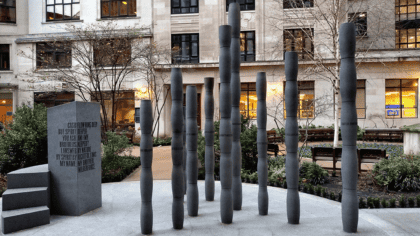Once the grain has grown, the next step on the Grain Chain is to see how it’s milled to make flour.
So for that we need… you got it – a mill! Now when you think of mills you might think of wind mills, or water wheels…
But the mills today are much MUCH bigger.
Whilst those old types of mills did the job pretty well for thousands of years, the flour they made was rather coarse. Modern mills, like this one, make much finer flour and a lot of it which is good because they need to grind over five million tonnes of grain every year!
So here’s how they do it – first they clean the wheat and for that they need…
Magnets! Magnets and other machines help extract any metal and stones from the grain. They wouldn’t be nice to eat. Next it gets a blow dry…
Air currents carry away dust before the grain is washed.
The water softens the outer bran layer which is important because this layer is too tough to make good flour – the bit that’s wanted is underneath – the endosperm.
Now the grain is nearly ready to be milled – it just needs GRISTING!
It’s a weird word that means mixing different types of grains in different proportions to make different kinds of flour.
Now the real fun starts! The grain is finally ready for milling — making the flour — this normally happens in three stages too!
First the grains are cracked to make the outer coat even looser. Then it’s rolled to release the endosperm and the wheatgerm. And finally, it’s sieved to collect the different parts.
George Explores… the Grain Chain, with support from farmers and millers across the UK
Add a comment
The Grain Chain
Find out all about bread and baking with George Explores... The Grain Chain
More From The Grain Chain





